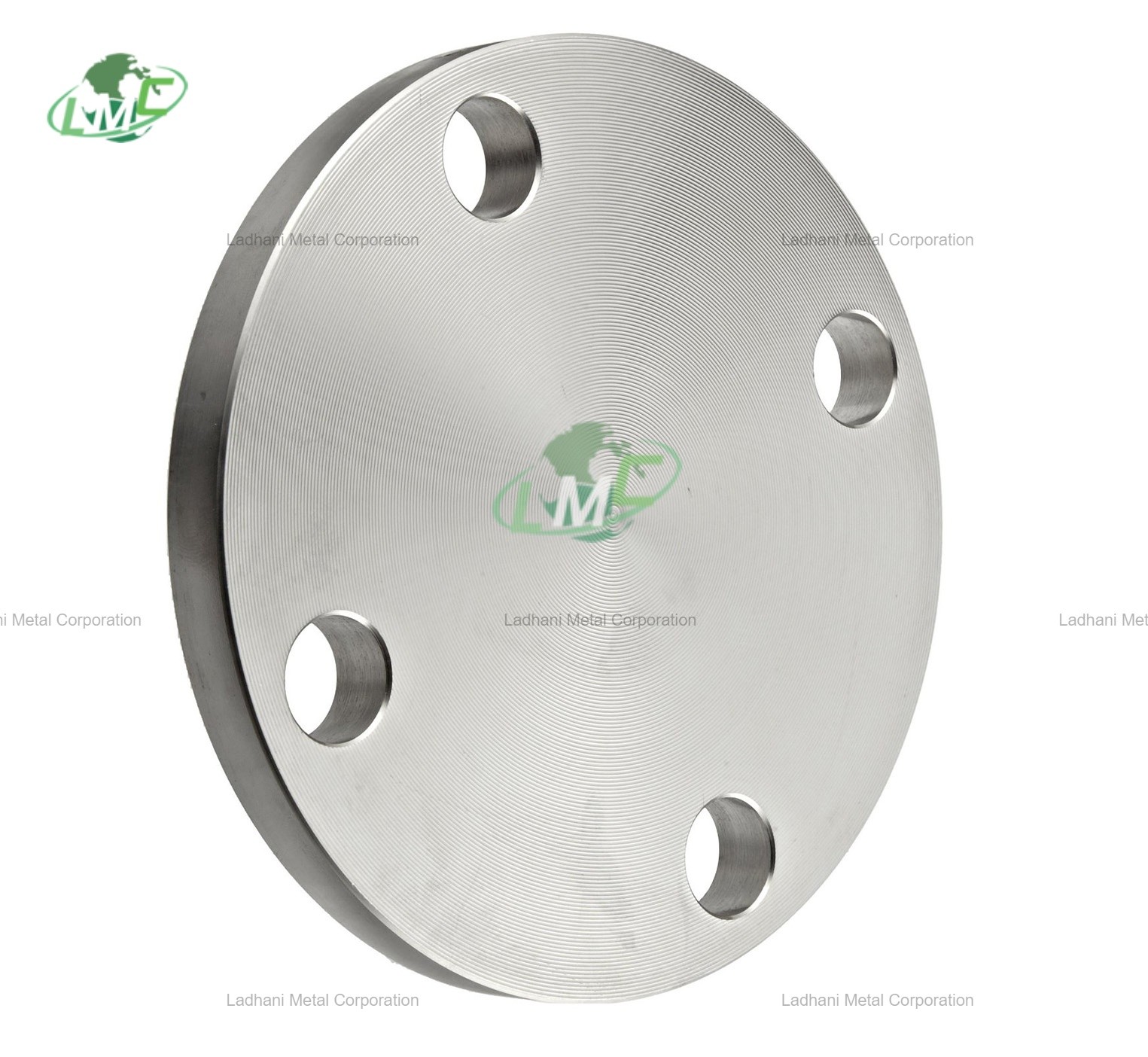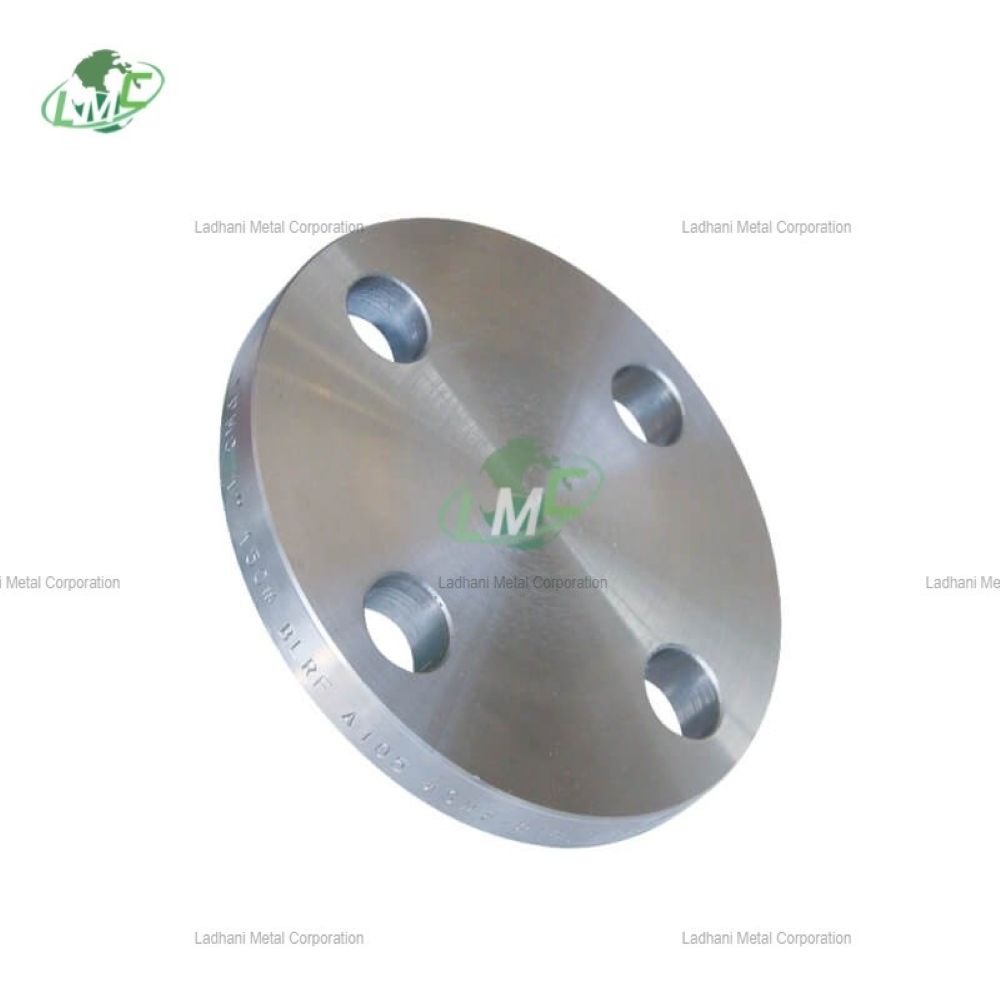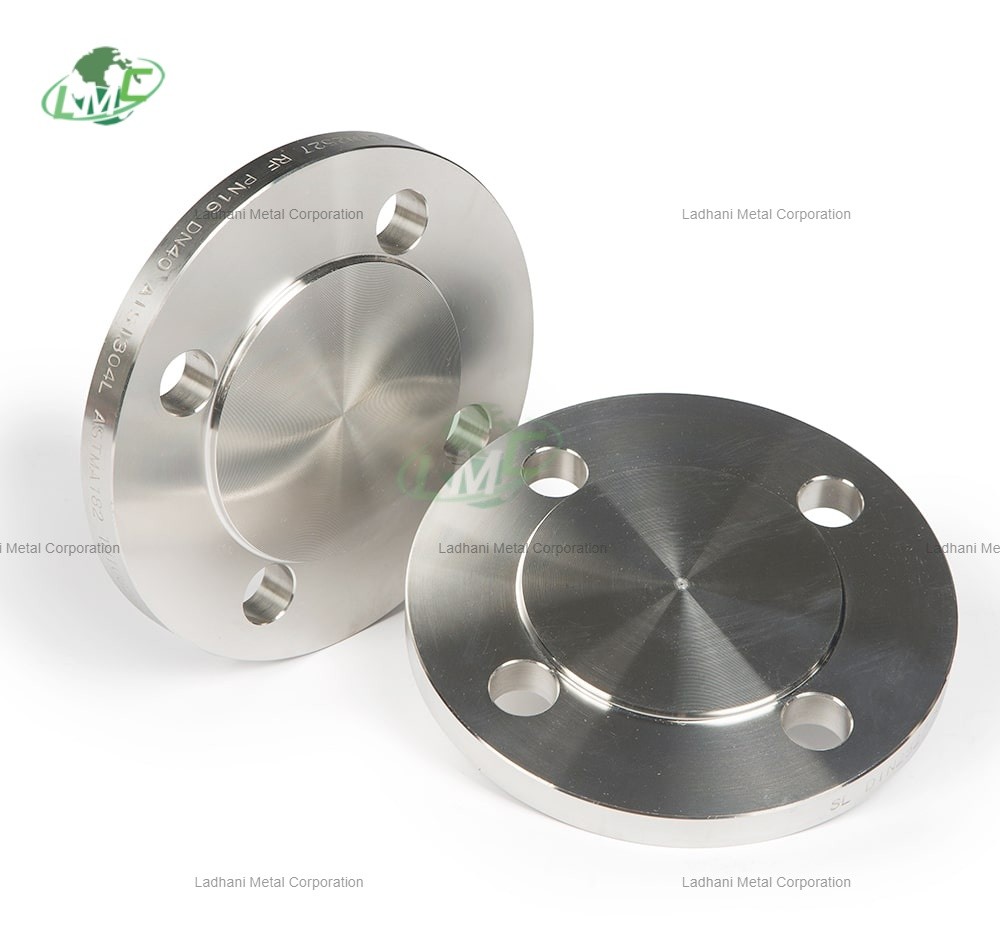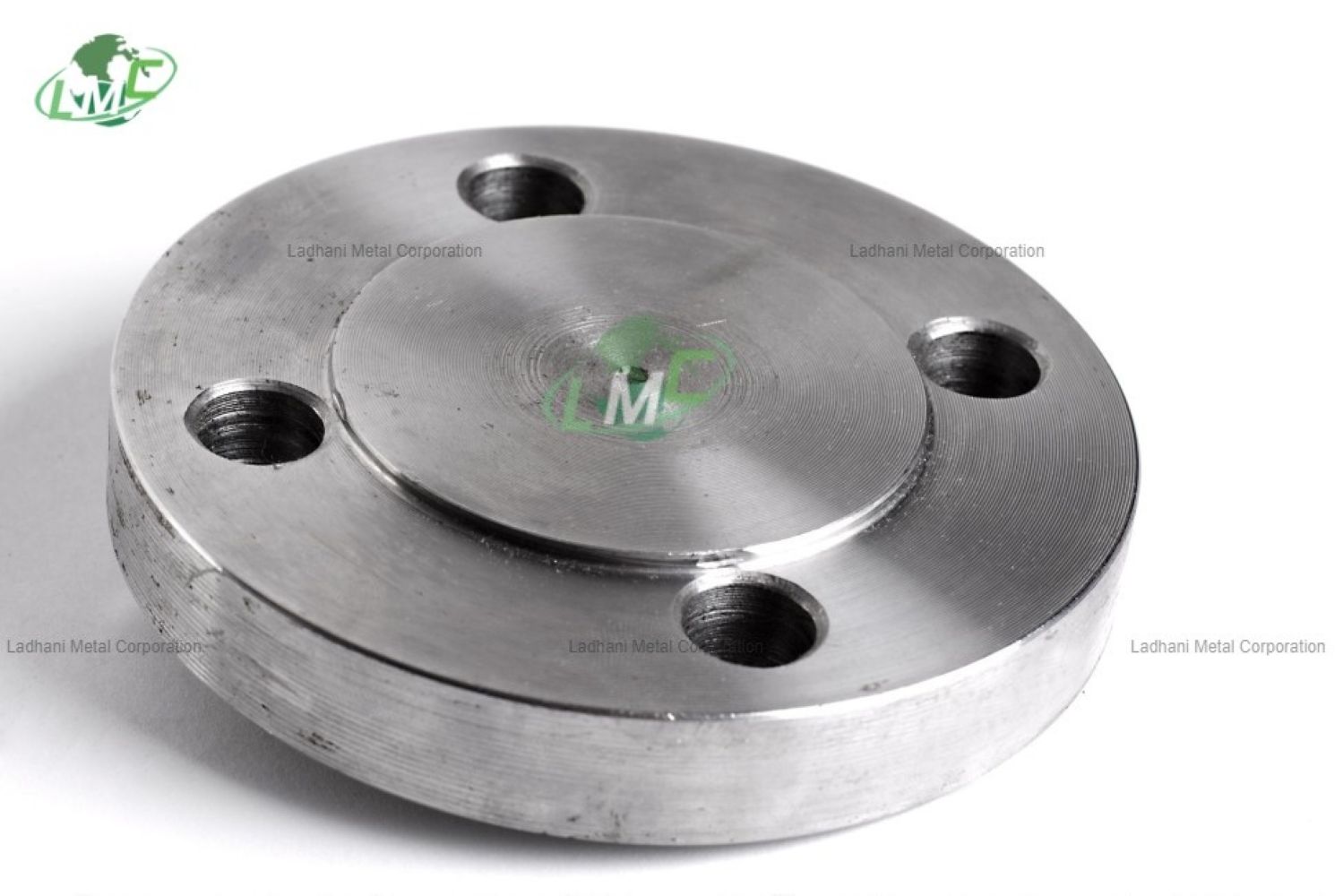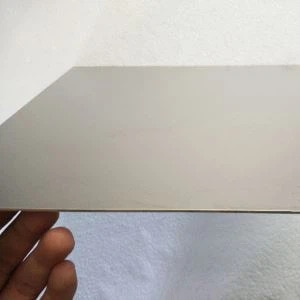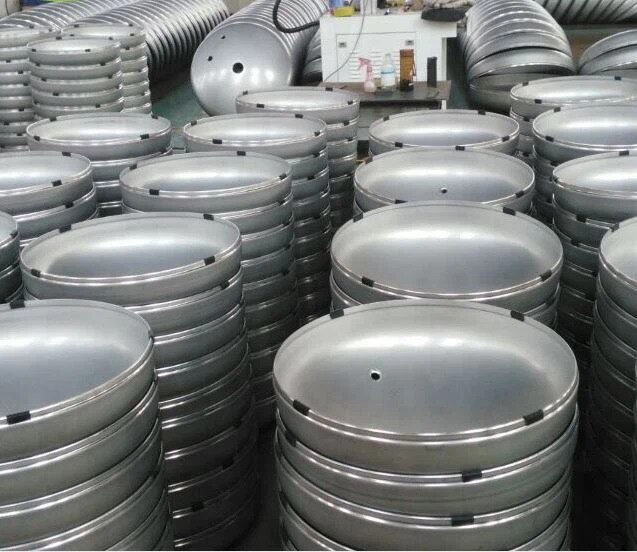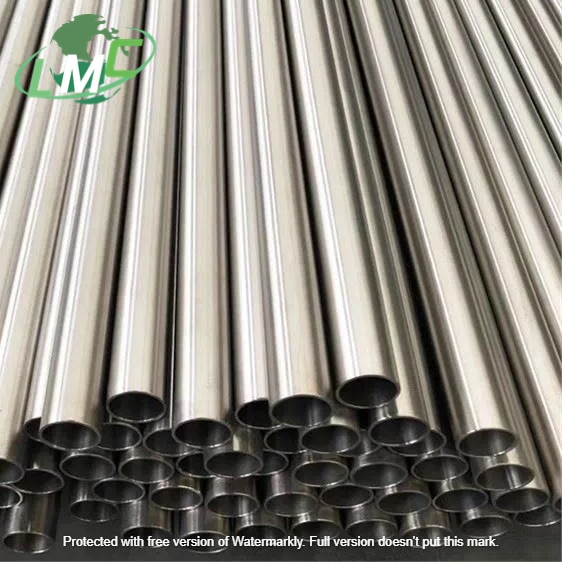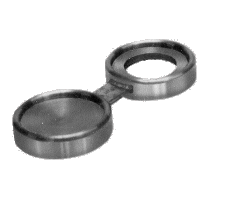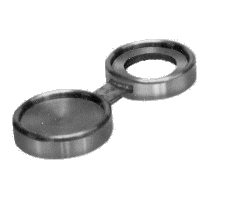A DIN 2527 AISI 8630 blind flange is a specialized type of blind flange made from AISI 8630 alloy steel, designed according to the DIN 2527 German standard. Blind flanges are essential components in industrial piping systems, used to seal the end of a pipe, vessel, or valve to isolate it or prevent the flow of fluids. The AISI 8630 material used for this specific flange provides excellent strength, toughness, and wear resistance, making it ideal for applications in high-stress environments. Material: AISI 8630 Alloy Steel AISI 8630 is a low-alloy steel, enriched with nickel, chromium, and molybdenum for enhanced mechanical properties. It is known for its strength, toughness, and resistance to wear, making it suitable for heavy-duty applications, particularly in industries where components are subjected to high stress and pressure. Composition of AISI 8630: Carbon (C): 0.30% – 0.35% Provides strength and hardness. Chromium (Cr): 0.80% – 1.10% Improves hardness, wear resistance, and high-temperature strength. Molybdenum (Mo): 0.15% – 0.25% Enhances hardenability and resistance to wear. Nickel (Ni): 0.80% – 1.20% Adds toughness, especially at lower temperatures. Other elements: Small amounts of manganese (Mn), silicon (Si), and phosphorus (P), which improve the overall material quality and processing properties. Design and Dimensions (DIN 2527) Shape: The blind flange is a flat, circular plate with no central hole, designed to seal the open end of a pipe, valve, or vessel. Bolt Holes: The flange features evenly spaced bolt holes around the perimeter, which allow it to be securely attached to a matching flange or component. These holes align with the bolt pattern of the corresponding system components. Thickness: The thickness of the flange varies depending on the size and pressure rating, ensuring it can withstand internal pressure and provide a reliable seal. Pressure Rating: Pressure ratings are typically defined using classes such as PN 6, PN 10, PN 16, PN 25, etc., which represent the maximum pressure the flange can safely withstand without failure. Applications of DIN 2527 AISI 8630 Blind Flange Pipeline Sealing: The primary function of the blind flange is to seal the end of a pipeline, effectively preventing the passage of fluids, gases, or other materials. System Isolation: It is used to isolate sections of the pipeline for maintenance or repairs, allowing safe disconnection without compromising the integrity of the system. Pressure Containment: The high strength and durability of AISI 8630 make it suitable for applications where maintaining pressure within the system is critical, ensuring the flange can handle high-pressure environments. Types of Blind Flanges in DIN 2527 Blind flanges conforming to DIN 2527 can be found in different face types and sealing methods, including: Raised Face (RF): The flange surface has a slight raised area around the bolt circle, improving the seal when mated with a gasket. Flat Face (FF): The surface is level with the flange body and typically used with softer gaskets to create a seal. Ring Type Joint (RTJ): This type has a groove to accommodate a metal ring gasket, providing a secure seal in high-pressure applications. Conclusion A DIN 2527 AISI 8630 blind flange is a high-strength, durable sealing component designed for high-pressure and high-stress environments. Made from AISI 8630 alloy steel, it offers excellent mechanical properties such as strength, toughness, and wear resistance, making it ideal for use in industrial systems that require reliable seals under heavy loads and elevated temperatures.

